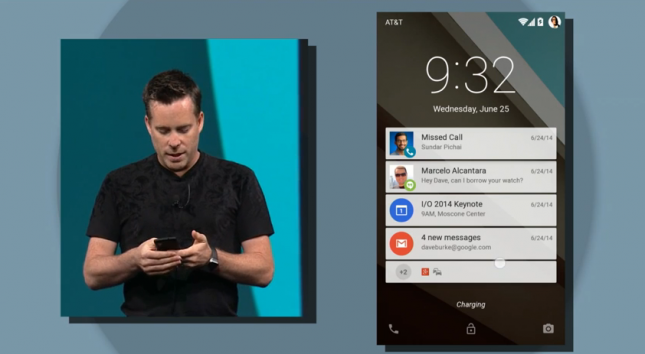Google I/O 2014 – Android L
Google I/O 2014 showed off a whole lot of interesting new software; the headliner, though, would have to be the long anticipated L-release of Android. Yet to receive an official dessert-based codename, L will be either Android 4.5 or possibly the 5.0 release.
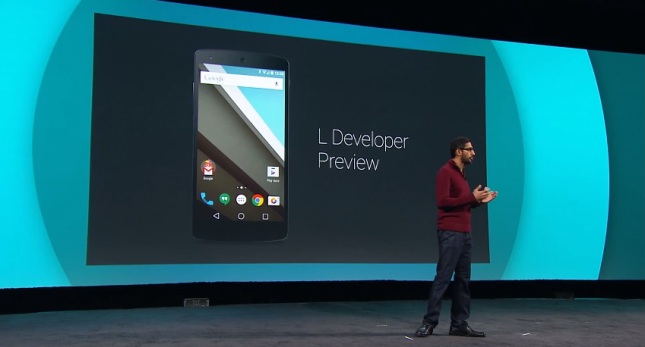
The Developer Preview is currently available for download with images for the Nexus 5 and the 2013 Nexus 7. The install currently requires an unlocked bootloader and flashing via ADB.
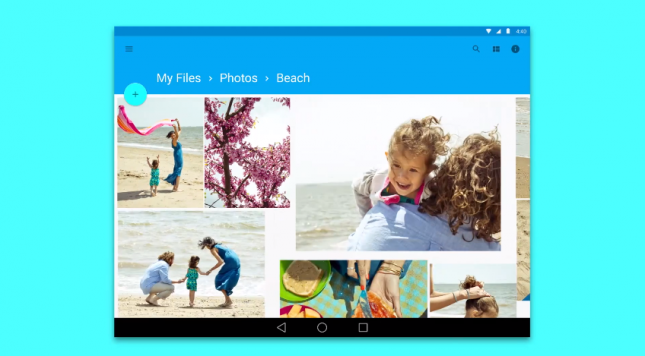
Google intends to leverage HTML5 and Android’s native 60 fps refresh rates to provide a more fluid and responsive user experience.
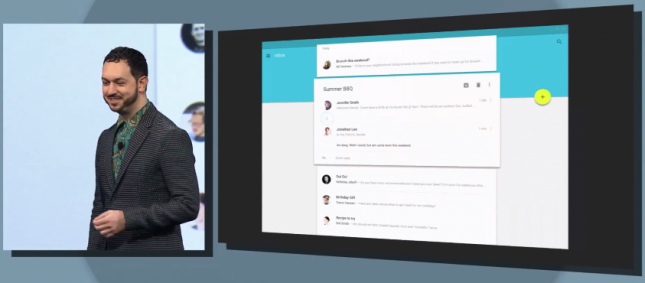
Matais Duarte introduced Material Design, the design standards that are the basis for the look and feel of Android L. In reference to the design, Matais explained:
“Material has physical surfaces and edges because the human mind is wired at its most primitive level to instinctly understand objects and their relationships. Those scenes and shadows provide meaning about what you can touch and how it will move.”
Android is now officially supporting a card-esque take on the long-requested lock screen notifications. These same notifications cards are also going to be dropped over apps and games that the end user might be in while, say, receiving a phone call. This leaves users able to continue what they’re doing without being pulled to a full screen Dialer alert.
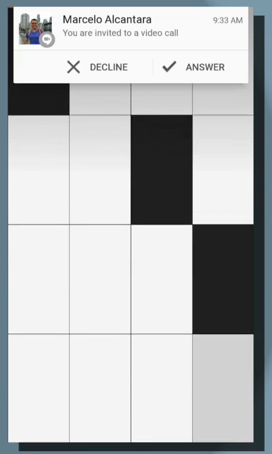
Google not only plans to implement Material Design into the new Android release, but also into “..desktop and beyond.” Aside from mobile application, Google’s looking to provide a singular unified experience across all of their services. Chromebooks/boxes, Google browser services (like Play, Movies, and the Play Store), and moving into the Chromecast and set top boxes, on such widespread platforms, the unification will provide users with a much more innate sense of Android functionality. Duarte also mentioned that most apps using the default Android icons and styles will automatically be updated to the new UI.
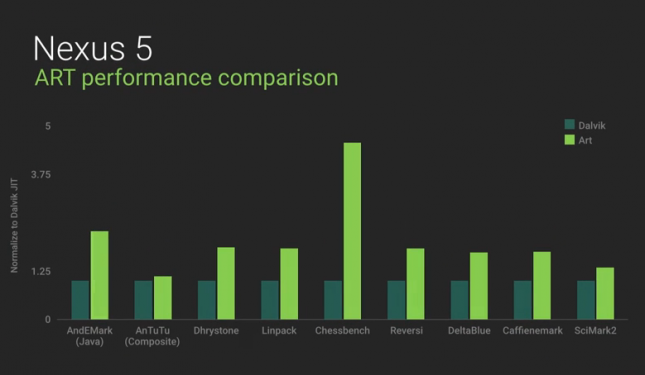
Under the hood, Android is replacing the Dalvik virtual machine with ART(Android RunTime). Google promises near-100% preformance increases through the support of JIT, AOT, and interpreted code over x86(as well as full x64 compatibility), ARM, and MIPS. While developers had previously worried for their current app compatibility in the new run-time, Google suggests it will require no code change at all.
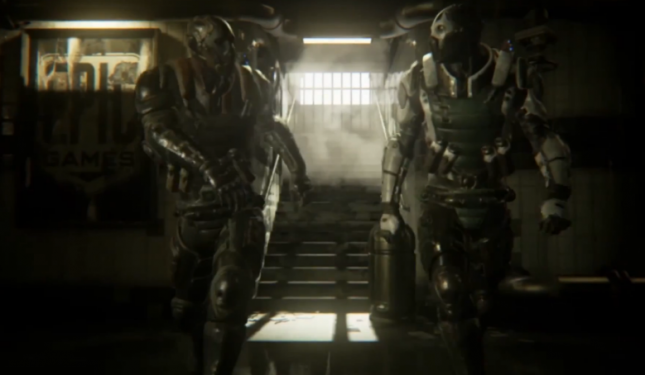
New changes are coming to graphics on mobile platforms too with Android now providing an OpenGL extension pack created to bridge the gap between DirectX11 and mobile gaming.
To see the demo of the new features or some of Google’s other new ventures, you can watch the rest of the Keynote below. Headliners to watch for are Android Wear(wearable tech), Android Auto, and Android TV.
[youtube width=”640″ height=”480″]https://www.youtube.com/watch?v=wtLJPvx7-ys[/youtube]

